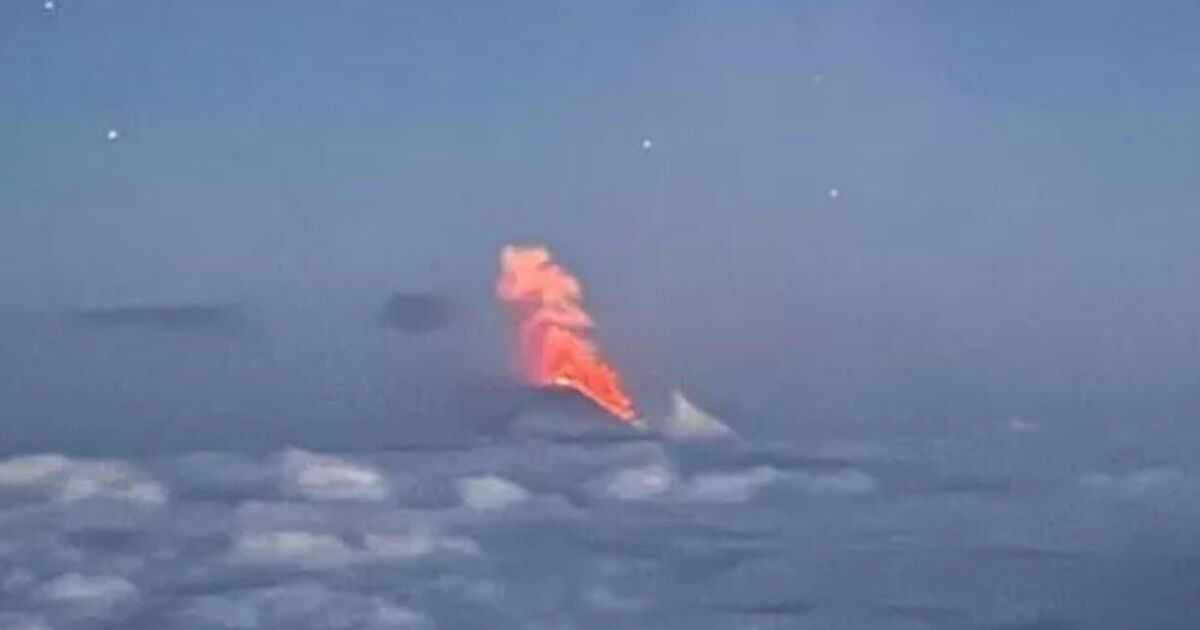Russia’s most active volcano, Klyuchevskoy, erupted on Wednesday just hours after a powerful 8.8-magnitude earthquake struck off the coast of the Kamchatka Peninsula, triggering tsunami warnings and evacuations across the Pacific. The Russian Academy of Sciences reported intense volcanic activity, including streams of lava descending the western slopes, explosive eruptions, and a visible glow above the summit.
The United Geophysical Service, in a statement on Telegram, said: “A descent of burning hot lava is observed on the western slope. Powerful glow above the volcano, explosions.” Standing at 4,750 metres (15,584 feet), Klyuchevskoy is the tallest and most active volcano in the Northern Hemisphere. Located around 450 kilometres (280 miles) north of the regional capital, Petropavlovsk-Kamchatsky, it last erupted in 2023.
The eruption had been anticipated for several weeks, as scientists had observed the crater gradually filling with lava and ash emissions increasing. On Wednesday, the volcano sent ash clouds as high as three kilometres (1.9 miles) above sea level, according to reports cited by Russian news outlet Meduza.
The eruption came shortly after one of the most powerful earthquakes in modern history struck the region, reported Newsweek. Initially recorded at magnitude 8.0, the quake was later upgraded to 8.8, tying it as the sixth-strongest ever documented. The tremor triggered tsunami warnings across Russia’s Pacific coastline, as well as in Japan, Hawaii, and as far south as New Zealand.
Authorities in Kamchatka confirmed that several people were injured during the quake and subsequent evacuations. Oleg Melnikov, head of the regional health department, said one hospital patient was hurt after jumping out of a window, but all injuries were reported to be non-life-threatening.
The Tokyo Volcanic Ash Advisory Centre (VAAC) issued a warning for the eruption, noting that ash was moving east at around 10 knots and could affect air traffic over a wide area.
Kamchatka, often dubbed the “land of fire and ice,” is one of the world’s most volcanically active regions, with around 300 volcanoes — 29 of which are currently active, according to NASA’s Earth Observatory.
While there has been no confirmed link between the earthquake and the eruption, scientists say major tectonic shifts can increase pressure along fault lines and volcanic conduits.
The Russian Ministry of Emergency Situations has placed nearby areas on high alert and advised residents to remain indoors due to ashfall. Local airports have suspended some flights, and emergency shelters have been opened in several settlements near the volcano.
With seismic activity still ongoing, authorities say more volcanic events cannot be ruled out in the coming days.

